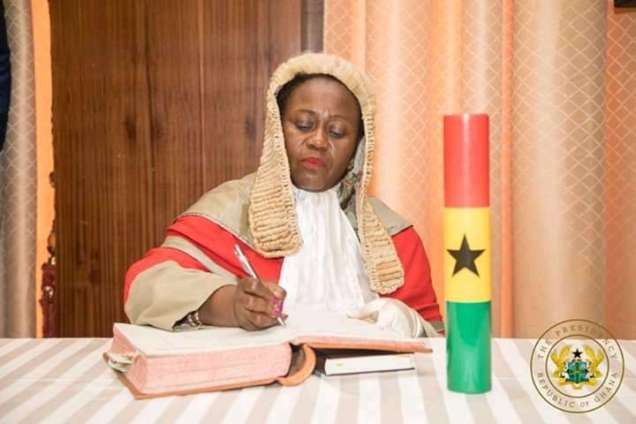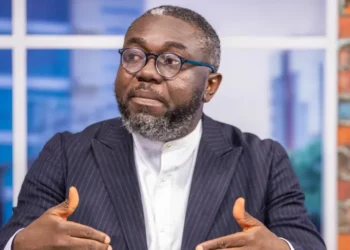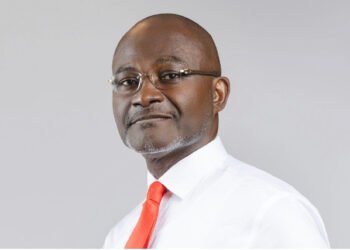The removal of suspended Chief Justice Gertrude Torkonoo by President John Mahama has set off intense public debate, with legal experts offering contrasting perspectives on the legality and implications of the decision.
At the center of the controversy is whether the process was guided strictly by the Constitution or whether the conduct of the Chief Justice herself contributed to her dismissal.
According to University of Ghana law lecturer Prof. Kwadwo Appiagyei-Atua, the constitutional process was followed to the letter, making it nearly impossible to identify any legal lapses in the president’s September 1 decision.
He insisted that “from the constitutional angle, due process was followed,” adding that the outcome of the proceedings was hardly surprising. “It was a foregone conclusion looking at the way proceedings went,” he remarked.
Prof. Appiagyei-Atua explained that while the political consequences of the move are open to interpretation, the constitutional dimension remains clear. Once the President received the Article 146 Committee’s recommendation, he was legally empowered to act.

He also defended Justice Torkonoo’s posture during the inquiry, framing it as an effort to defend her rights. “She had to fight for her rights,” he stressed, further noting that her decision to contest aspects of the process at the Human Rights Court was justified.
Yet not all legal minds share that assessment. Former Director of the Ghana School of Law, Kwaku Ansa-Asare, argued that the Chief Justice’s approach was ultimately her undoing.
He believes her combative style made reconciliation impossible. “Her confrontational attitude made it impossible for her to be reinstated as Chief Justice,” he said, adding that this posture alienated her from key actors in the process.
Committee Cites Misbehavior Under Article 146
The decision came after the Article 146 Committee of Inquiry presented its first report on petitions seeking the Chief Justice’s removal.
The Committee, after extensive hearings, concluded that grounds of stated misbehavior under Article 146(1) had indeed been established against her.
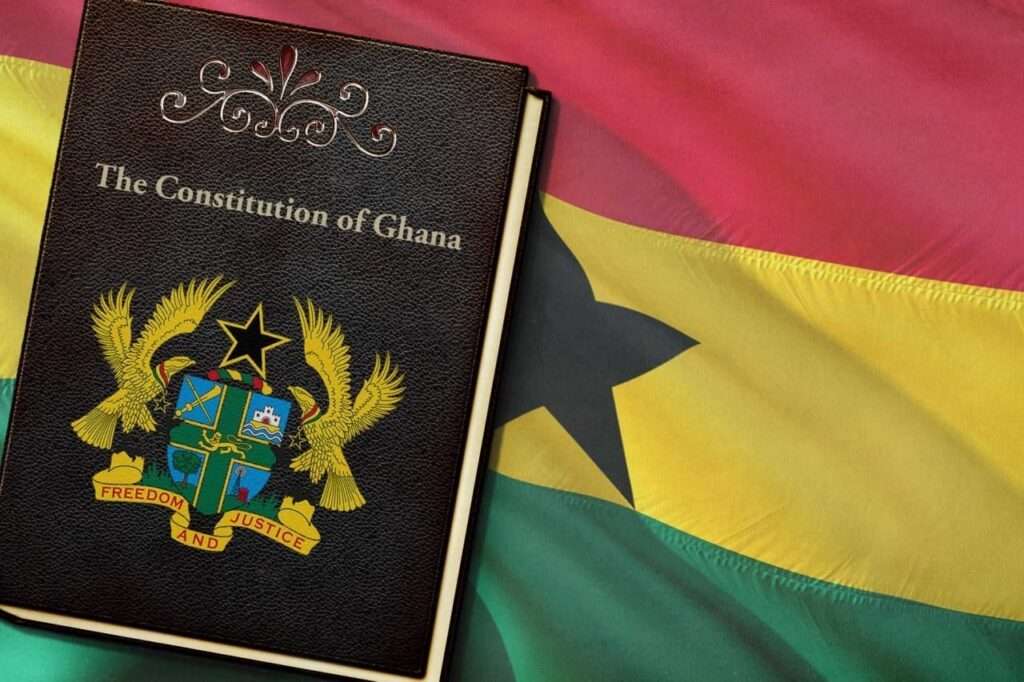
In all, about 10,000 pages of documentary evidence were presented by both parties, with each side represented by a team of four lawyers. After considering testimonies and reviewing the evidence, the Committee delivered a sealed recommendation to the President.
The Committee’s Chairman emphasized the fairness of the process, noting that “after critical and dispassionate examination and assessment of all the evidence… we have, without fear or favour, arrived at a recommendation on the first petition.”
The President acted swiftly after receiving the report, removing Justice Torkonoo from office based on the Committee’s findings.
The report followed a petition filed by citizen Daniel Ofori, which was one of three separate petitions lodged against the Chief Justice.
Competing Legal Views On Removed Chief Justice
While Prof. Appiagyei-Atua emphasized constitutional compliance, Ansa-Asare maintained that Ghanaians should focus less on political shock and more on democratic resilience. For him, the removal demonstrates the strength of Ghana’s institutions.
“I don’t think that we should be sad about this; we should rather be happy. We should be happy that the constitution is working. This is a democracy.
“If you allege that your constitutional rights are being violated, and you yourself, as the head of the judiciary, do not understand the ramifications of the Chief Justice removal process, you shoot yourself in the foot.”
Kwaku Ansa-Asare
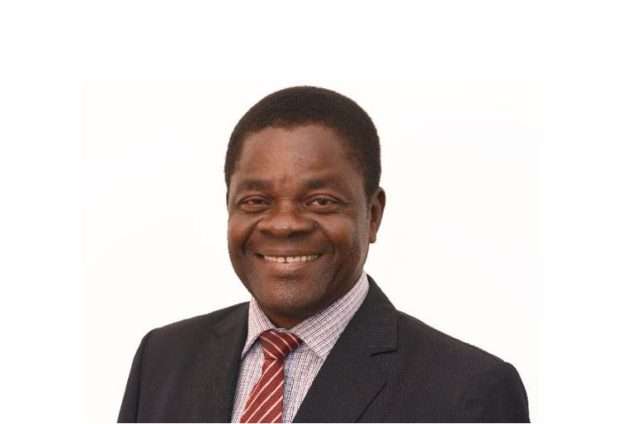
Ansa-Asare emphasized that the validity of any presidential action rests entirely on adherence to the Constitution, noting that every step taken by the head of state must align with its provisions.
He argued that, to date, no one has provided convincing evidence that President Mahama violated constitutional procedures, and he maintained that critics have not been able to demonstrate where the President acted outside the law.
Meanwhile, the removal of Justice Torkonoo underscores both the strength and the strain within Ghana’s democratic framework. On one hand, the Article 146 process illustrates that no office is beyond accountability, not even the judiciary’s highest seat.
On the other hand, the divergent views highlight how political interpretation shapes public perception of constitutional outcomes.
As Prof. Appiagyei-Atua and Ansa-Asare present differing interpretations, one theme is clear: Ghana’s constitutional system has once again been tested.
Whether Ghanaians see the decision as a victory for accountability or as a politically charged move, the case adds a new chapter to the nation’s democratic journey.



